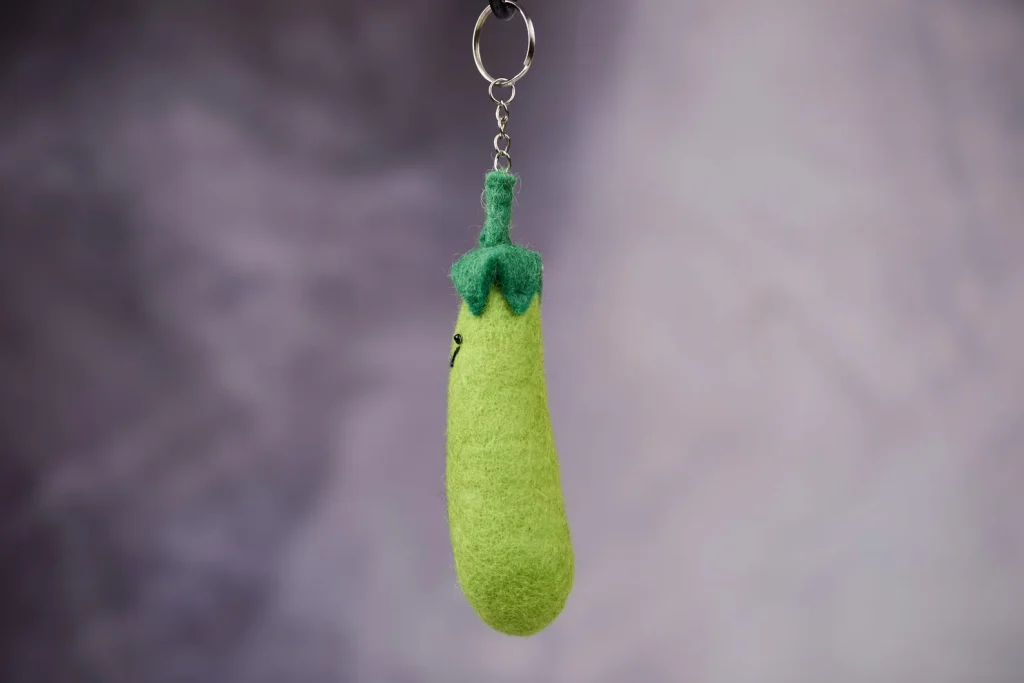News
Behind the Stitch – How Handmade Felt Keychains Are Crafted with Care
Introduction
Handmade felt keychains may be small, but the care and craftsmanship behind them are anything but. These miniature creations represent hours of dedication, artistic skill, and thoughtful design. In this article, we take a closer look at the process behind making felt keychains, from concept to final packaging, and explore what makes them such beloved keepsakes.
Choosing the Right Materials
The creation of a felt keychain starts with material selection. Most artisans use wool felt for its softness, durability, and eco-friendliness. Felt comes in a wide range of colors, allowing for endless creative possibilities.
Some makers opt for synthetic blends for specific textures or to lower costs, but wool remains the preferred option for its natural quality and rich color retention. In addition to felt, crafters need stuffing material (usually polyester fiberfill or natural wool roving), embroidery threads, sewing needles, and sometimes embellishments like beads or tiny bells.
Design and Pattern Creation
Next comes the design phase. Artists may sketch their ideas on paper or design digitally. Some stick to classic themes like fruits, animals, or flowers, while others invent entirely new characters or shapes.
Once the design is finalized, a pattern is created. These are usually hand-cut templates used to trace shapes onto the felt. Precision here is key—a clean pattern ensures a clean finished product.
Hand Cutting and Assembly
Each piece of felt is carefully cut by hand, following the pattern. Depending on complexity, a single keychain might include several small felt pieces for features like eyes, leaves, or limbs.
These pieces are then stitched together by hand using embroidery thread. Some designs involve simple blanket stitching around the edge, while others require more intricate embroidery to add facial features, texture, or details.
The stuffing is added midway through the stitching process to ensure the piece is plush but not overly firm. The final closure seals the shape, often with an added loop to attach a metal ring or chain.
Adding Finishing Touches
Once assembled, the keychain may receive additional decorative elements: a tiny bow, stitched cheeks, or even a dusting of blush. These finishing touches give each piece its character and charm.
At this stage, makers may also attach a brand label or include a thank-you note for customers. It’s this personal attention that turns a handmade item into a keepsake.
Packaging with Purpose
Handmade felt keychains are often packaged thoughtfully. Many sellers use recyclable or compostable wrapping, kraft paper, or cloth bags. Some include product care tips, maker bios, or personalized cards.
This approach not only protects the product but also enhances the unboxing experience. For buyers, receiving a handmade item feels like opening a gift—even if it’s for themselves.
Conclusion
The art of crafting handmade felt keychains goes far beyond stitching. It’s a process filled with intention, creativity, and respect for both the product and the buyer. Each piece carries the mark of the maker’s time and skill, making it more than an accessory—it becomes a small work of art, designed to be cherished.

